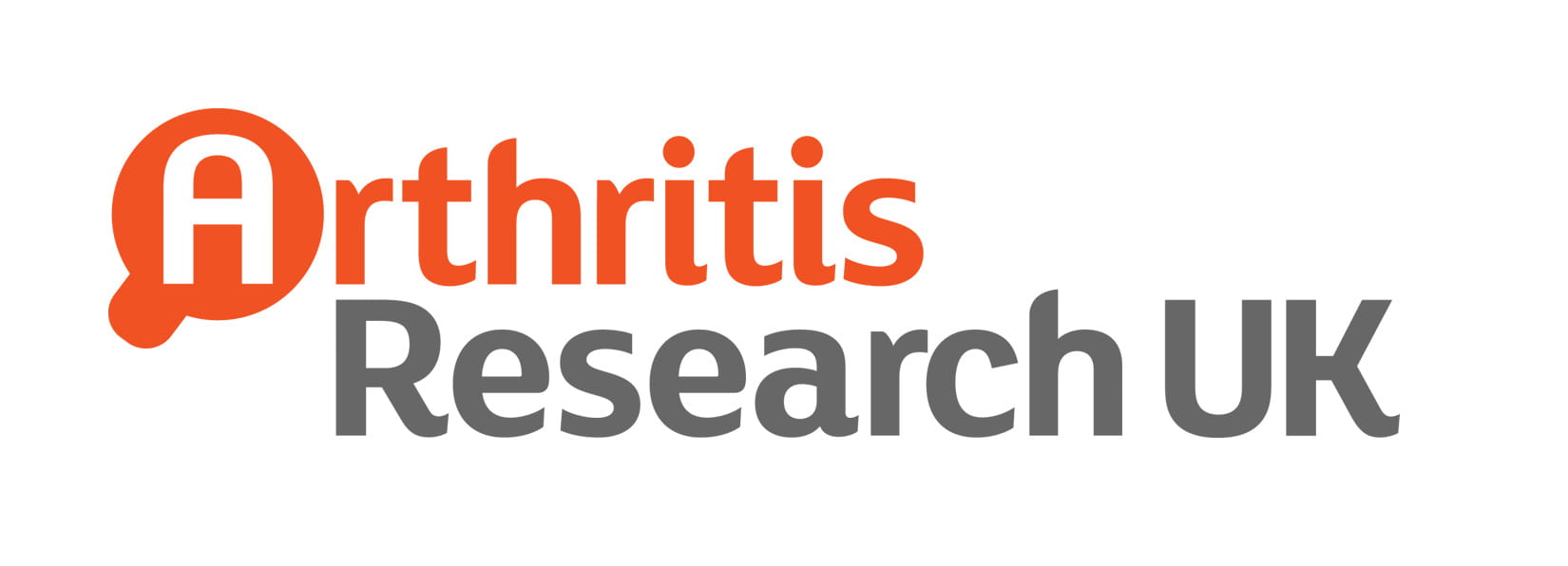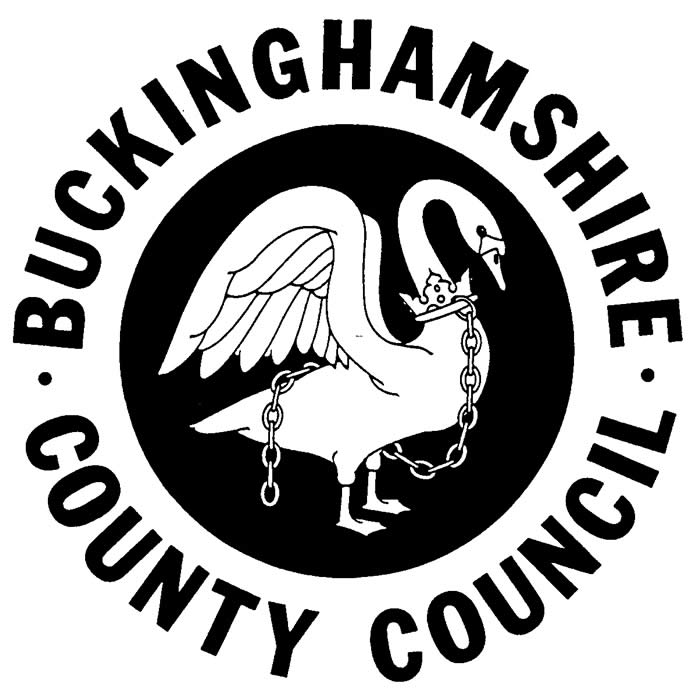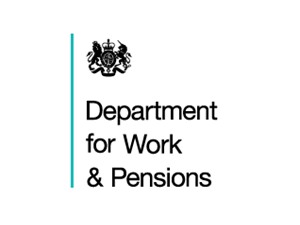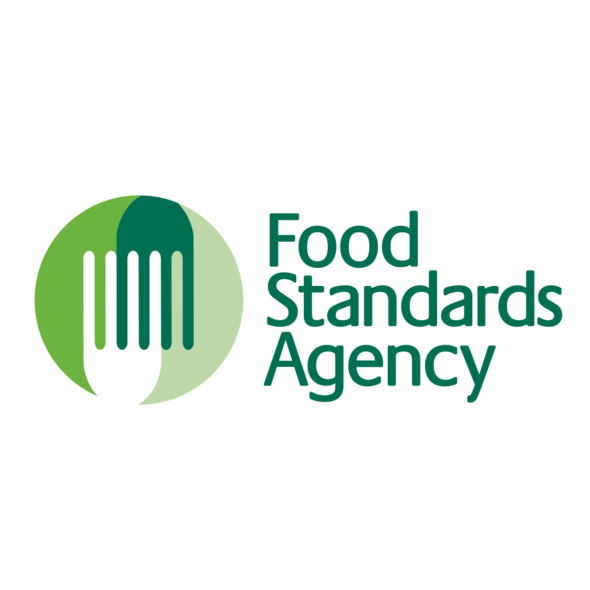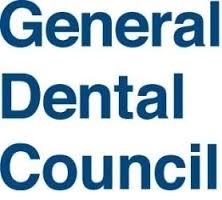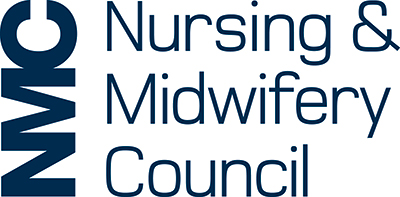A discounted cash-flow model can be constructed and run for each shortlisted option for 25 years, discounted at the appropriate rate to produce a Net Present Cost (NPC) for each option. An affordability analysis can be undertaken, against the client’s budget if necessary. The results can be split by revenue (rent, increases at review, rates, service charges, utilities, maintenance and facilities management, insurance etc) and capital (up costs, fit-out, surrender costs, dilapidations, furniture, move costs, staff costs, redundancy etc).
Carter Jonas’s estate strategies help a wide variety of public-sector and third-sector clients to understand how their real estate can better support operational requirements and deliver savings.
Our property investment experts can help identify and deliver change, and we are adept at applying the five case model recommended by HM Treasury.
Strategic Property Advice Services
We have developed a model that evaluates the non-financial factors or qualitative elements of each option, using a weighting and scoring approach. This enables appropriate weighting to be awarded to the key requirements for best-in-class workspace for employees, volunteers and visitors. We can draft the criteria and their importance, and then work with the client – usually in a workshop – to confirm the criteria and agree the weightings. The criteria may include: accommodation availability, location, working environment, sustainability, risk, business continuity etc.
CBA is a simple way to bring the financial (NPC) and the non-financial (qualitative scores) together to calculate the cost per unit of benefit. The option with the lowest cost per unit of benefit therefore delivers the most benefits for the lowest cost, and represents the preferred option.
A further step is to identify the key risks, scored to show their likelihood and impact. They can then be analysed to identify possible options for mitigation and monitored during the instruction.
A summary of the options can also be compared against key metrics, such as:
• Square metres per staff member or full-time equivalent (FTE)
• Desk to staff ratio
• Running cost per square metre
• Running cost per staff member/FTE
We can then benchmark these metrics against other organisations that we have undertaken similar work for, and provide a performance analysis. The outcome of this approach is a concise document that captures the future estate requirement, and plots the route through implementation with a preferred option that meets both the cost and quality aspirations of the client. This work is often done in tandem with staff consultation, relocation advice, and architectural and space planning, all of which Carter Jonas, as a multi-disciplinary business, can provide.
- Care Quality Commission
- Food Standards Agency
- Arthritis Research UK
- Nursing and Midwifery Council
We can undertake feasibility studies and option appraisals and prepare business cases to help public-sector and not-for-profit organisations gain governance approval for the implementation phase of a strategy.
This approach enables our clients to identify the best option for them, representing best value for money. Typically this is in the context of relocating, but it can also be used to analyse options for the future use of a building, using the status quo as a benchmark comparator.
Although not mandatory for all clients, we use a methodology that’s in line with HM Treasury’s Green Book (the five case model) because it represents best practice. It is comprised of three different approaches: financial, qualitative and Cost Benefit Analysis (CBA).
Our Key Clients
Keep informed
Sign up to our newsletter to receive further information and news tailored to you.



